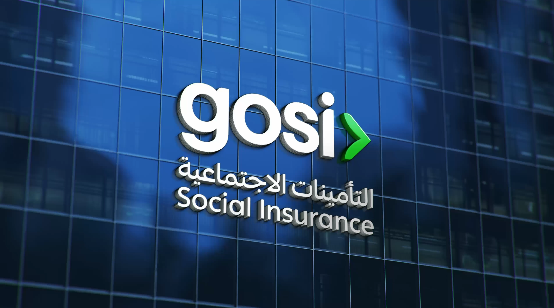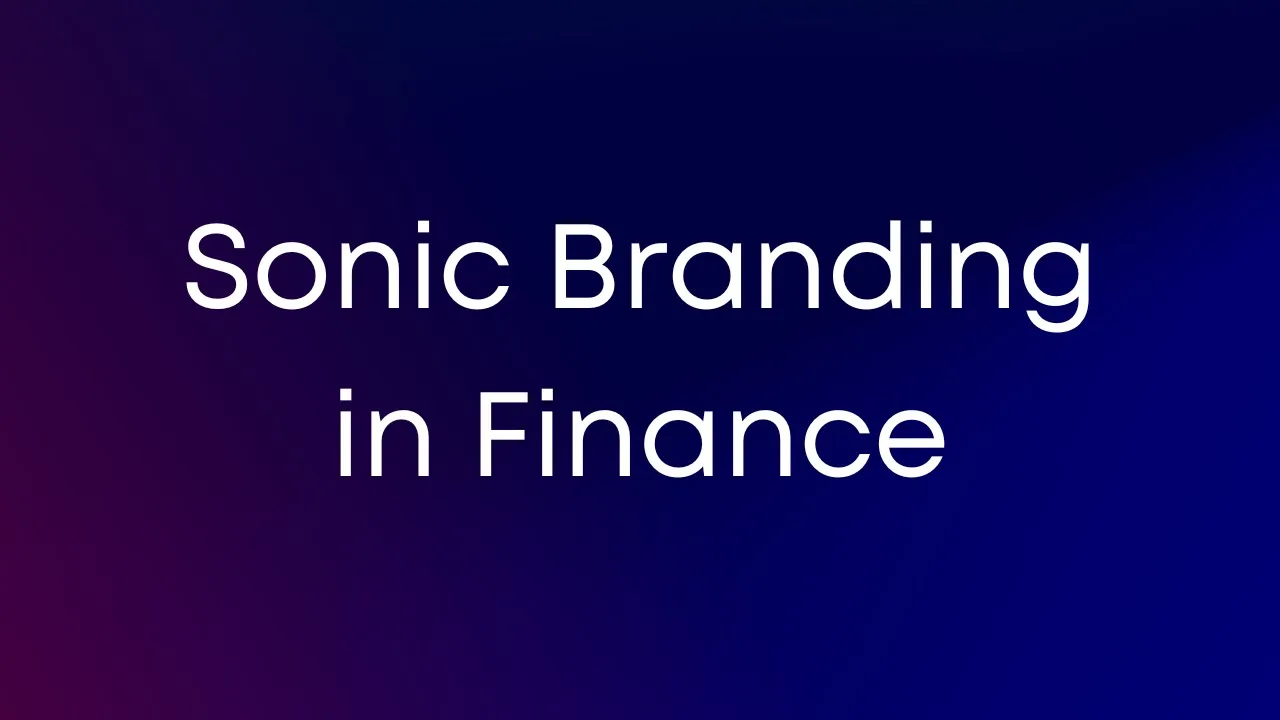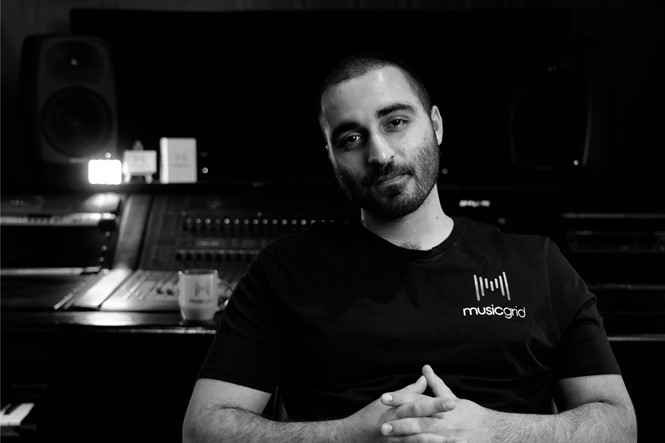Middle Eastern Sound, Modern Brands: How Culture Shapes Audio Branding
.png)
In a crowded digital world, audio branding is no longer a nice-to-have. It's a strategic asset.
For brands operating in the GCC and wider MENA region, the sound of your brand matters just as much as your visual identity. But how do you create a sonic branding system that speaks to modern audiences while respecting cultural roots?
It starts with knowing your musical language.
Culture Isn't a Trend. It's an Anchor.
When you listen to traditional Middle Eastern music, from maqam-based melodies to intricate rhythms, you hear history, emotion, and identity. These aren’t just sonic textures. They are powerful storytelling tools.
Modern brands in the Gulf are recognizing that cultural cues in music create stronger emotional branding than generic stock audio.
It’s not about being nostalgic. It’s about sounding real.
Original music composition rooted in the region’s tone and rhythm can instantly communicate trust and familiarity, even in a fast digital ad.
Brands like Bank Albilad and ZATCA have tapped into this by building sonic systems that blend traditional instrumentation with modern sound design. The result is emotional resonance and recognizability across platforms.
What Cultural Sound Looks Like Today
You don’t need an oud in every track. But you do need to understand how your audience hears.
Modern Middle Eastern music blends global genres like electronic and orchestral elements with regional identity. Think of it like a fusion kitchen: familiar but fresh.
Here’s how that translates in branding:
- Use subtle modal progressions based on maqam or Bayati scales to signal cultural alignment without being obvious
- Design rhythmic motifs that borrow from khaleeji percussion patterns
- Add a vocal phrase or harmony that feels local without using lyrics
These elements, when used strategically, can make your audio logo stand out across every channel: from app notifications to retail activations
👉 Explore how Saudi brands are using sound to drive brand recall
Why Generic Jingles Don’t Work Anymore
Advertising jingles used to be enough. You picked a melody, added your slogan, and called it a day.
Not anymore.
Today, consumers swipe past audio that sounds like everything else. Generic commercial jingles are forgettable. Branded sound needs to be intentional, repeatable, and emotionally resonant, especially in Arabic-speaking markets.
Music that reflects your audience's identity performs better.
Studies show that brand recall increases when consumers feel a cultural connection to your content. This is especially true in sound.
Need proof? Tostitos saw a 70 percent increase in appeal after launching a custom audio logo. And they didn’t even have a cultural angle. Imagine the ROI when you do.
When to Use Cultural Sound, and When Not To
Sound has power. But using it without care can backfire.
Here are three moments when cultural music makes sense:
- Product Launch Films: Set the tone with modern orchestration layered over traditional percussion
- Retail Activations: Use ambient playlists with a regional vibe to boost dwell time
- Government or Heritage Brands: Incorporate musical references that reflect national identity
And when should you avoid it?
- If your campaign is global and requires sonic neutrality
- If your audience skews expat or Gen Z with less regional attachment
- If your team cannot execute the music authentically
How MusicGrid Approaches This
At MusicGrid, we don’t add “Middle Eastern” instruments for effect.
We build sonic identities from the ground up, based on brand strategy, audience psychology, and regional sound fluency.
From Nada Dairy to Boursa Kuwait, we’ve created custom sound design systems that feel local, modern, and scalable.
Want to learn how we translate culture into strategy?
👉 Visit our Sonic Branding Services page
Stay Tuned – Get the Latest in Sonic Branding

.svg)
Our Blog
.png)

.png)

.png)





.png)
.png)
.png)
.png)

.jpg)
.jpg)
.jpg)
.jpg)
.jpg)
.jpg)
.jpg)
.jpg)
.jpg)
.jpg)
.jpg)
.jpg)

.jpg)

.jpg)
.png)
.png)

.jpg)
.png)
.png)


.png)
.jpg)

.jpg)
.png)


.png)
.png)


.png)
.jpg)
.jpg)
.jpg)

.png)

.svg)
.svg)


.svg)
.svg)

.svg)


.svg)